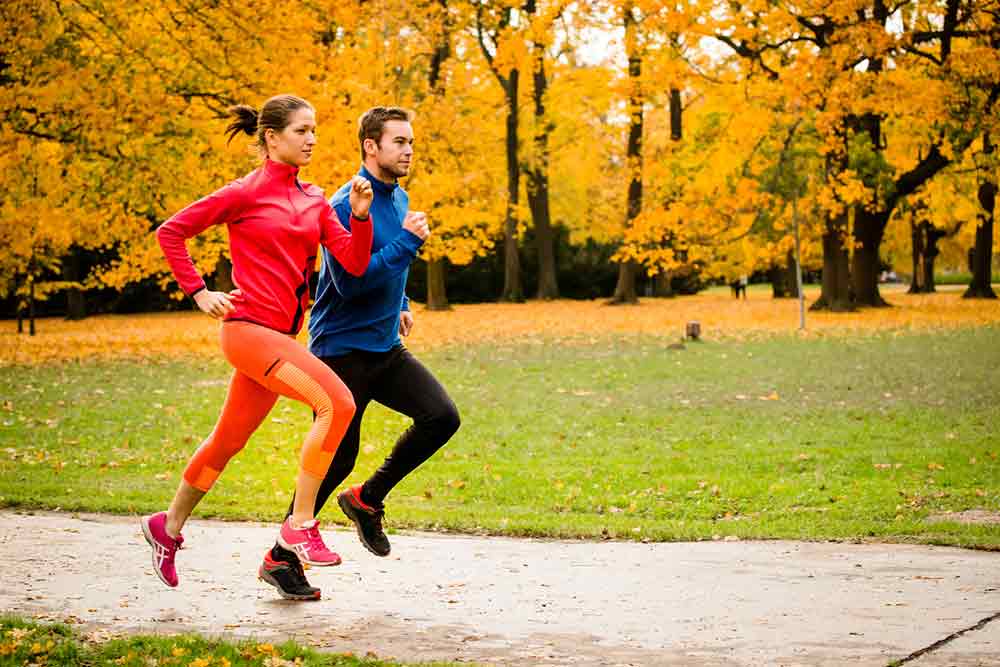Moji Kaviani, Ph.D., CEP
Who doesn’t like to get more health benefits while they are exercising in shorter periods of time? So, thanks to high-intensity interval training (HIIT) which helps so many people with a busy schedule to stay fit and healthy.
HIIT consisted of short bouts of high-intensity exercise separated with low-intensity exercise for recovery, which can be easily modified to meet individual requirements. Once, we combine proper nutritional strategies to go with personalized HIIT, they together can elicit additional health benefits, including:
a) Improve blood pressure and cardiorespiratory fitness
b) Improved insulin sensitivity;
c) Improved body composition (i.e. lowering fat mass and increasing lean body mass)
Therefore, it’s crucial to understand the nutritional needs to support HIIT. Although nutritional requirements differ in people, daily meal planning and food options for pre-post- nutrition can affect HIIT performance.
General nutrition to improve HIIT performance
To gain the maximum benefits of any training program, a healthy daily dietary intake should be used by clients. A daily meal plan applying the main principle of healthy nutrition including variety, balance, and moderation should be followed. For instance, ingredients such as whole grains, fruits and vegetables, and lean proteins can provide nutrient-dense meal to meet nutritional requirements of any HIIT. The recommended nutrition plans should aim for adequate calories and macronutrients particularly carbohydrates to fuel the body.
Related Article: Pump Up Your Performance With Beet Root Juice!
Pre-exercise nutrition for HIIT
a) Whole-wheat toast with peanut butter and banana
b) Non-fat Greek yogurt or cottage cheese with fruit
c) Dried fruit and almonds
Post-exercise nutrition for HIIT
Research has shown that a combination of carbohydrates and protein effectively augments adaptive response to HIIT. The recommended ratio is 3:1 for carbohydrates and protein immediately following HIIT to replace utilized energy sources. Here are some food options for post-exercise nutrition:
a) Whole-grain cereal with fruit and milk
b) Whole-wheat crackers with fruit and cheese
c) Hummus and pita bread
Thanksgiving turkey dinner
Now, let’s see how a turkey dinner impacts HIIT performance. Here are some of the food options included in a turkey dinner: Excessive amount of turkey, mashed potato filled with added sugar, beverages with high sugar content, desserts with an excessive amount of saturated fat and again sugar, pumpkin pie, beer, wine…
At a glance, we can see that a turkey dinner doesn’t sound quite healthy when we check it against accepted macronutrient daily recommendations as it contains excessive added sugar, fat, amount of calorie (e.g. 3000 kcal), lack of variety of food options (fruits and veggies, milk/alternatives, nuts/seeds) as well as high content of tryptophan (“Tryptophan is the precursor for the neurotransmitter 5 hydroxy tryptamine, which is involved in fatigue and sleep) in turkey meat.
Related Article: Rope Training – A Form Of HIIT
Thanksgiving table, particularly those dishes rich in carbohydrates results in secretion of insulin to regulate blood glucose; however, insulin also stimulates the muscles to take in large neutral branched-chain amino acids (Leucine, Isoleucine, and valine) but not tryptophan (elevated plasma free tryptophan leads to an increased rate of entry of tryptophan into the brain which may cause central fatigue). As HIIT largely rely on an anaerobic system which requires the highest activation of the central nervous system and its associated hormones and neurotransmitters, elevated tryptophan could potentially compromise HIIT performance. This results in a far greater ratio of tryptophan to BCAA in the blood, and eventually, in central nervous system (i.e. brain and spinal cord). Tryptophan will be converted into serotonin in the brain and eventually to melatonin (the known sleeping pill). Alcohol is also another sleep inducer in many Thanksgiving meals table.
Takeaway message
Foremost, ensuring to enjoy the meal, but watch the carbohydrates/turkey meat (reducing the likelihood of hyperglycemia and elevated tryptophan), limit your alcohol consumption (dehydration can be minimized), cut down on calories (reducing gastrointestinal system distress and inflammation) for a good Thanksgiving meal for pre HIIT.
You Might Like:
